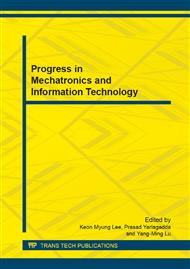p.856
p.861
p.868
p.874
p.878
p.884
p.891
p.896
p.900
The Development of Student Information Management System Based on ASP.NET Workflow Technology
Abstract:
With the rapid development of Internet, today's society has entered the Internet era, computer network provides a powerful driving force for social and economic development. Improve the students' management level by means of network technology, has a far-reaching significance to the construction of first-class college. This paper focuses on the management system of student information development of college analysis the current situation of college student management work and the construction goal in the future, the student information management system development significance is discussed. Based on the analysis of the technical characteristics of C/S model and B/S model, and according to the characteristics of Guangxi Agricultural-vocational Technique College learn internet system, the software architecture using B/S model the whole system; to improve the treatment efficiency of development scheme by using stored procedures and triggers; on ASP.NET technology and workflow technology are studied; and discusses how to use ADO.NET to access the database using ASP.NET technology to realize the method. This paper adopts XML technology to realize data exchange, the formation of a standard data exchange platform, make the system more open and extensible.
Info:
Periodical:
Pages:
878-883
Citation:
Online since:
November 2013
Authors:
Keywords:
Price:
Сopyright:
© 2014 Trans Tech Publications Ltd. All Rights Reserved
Share:
Citation:


